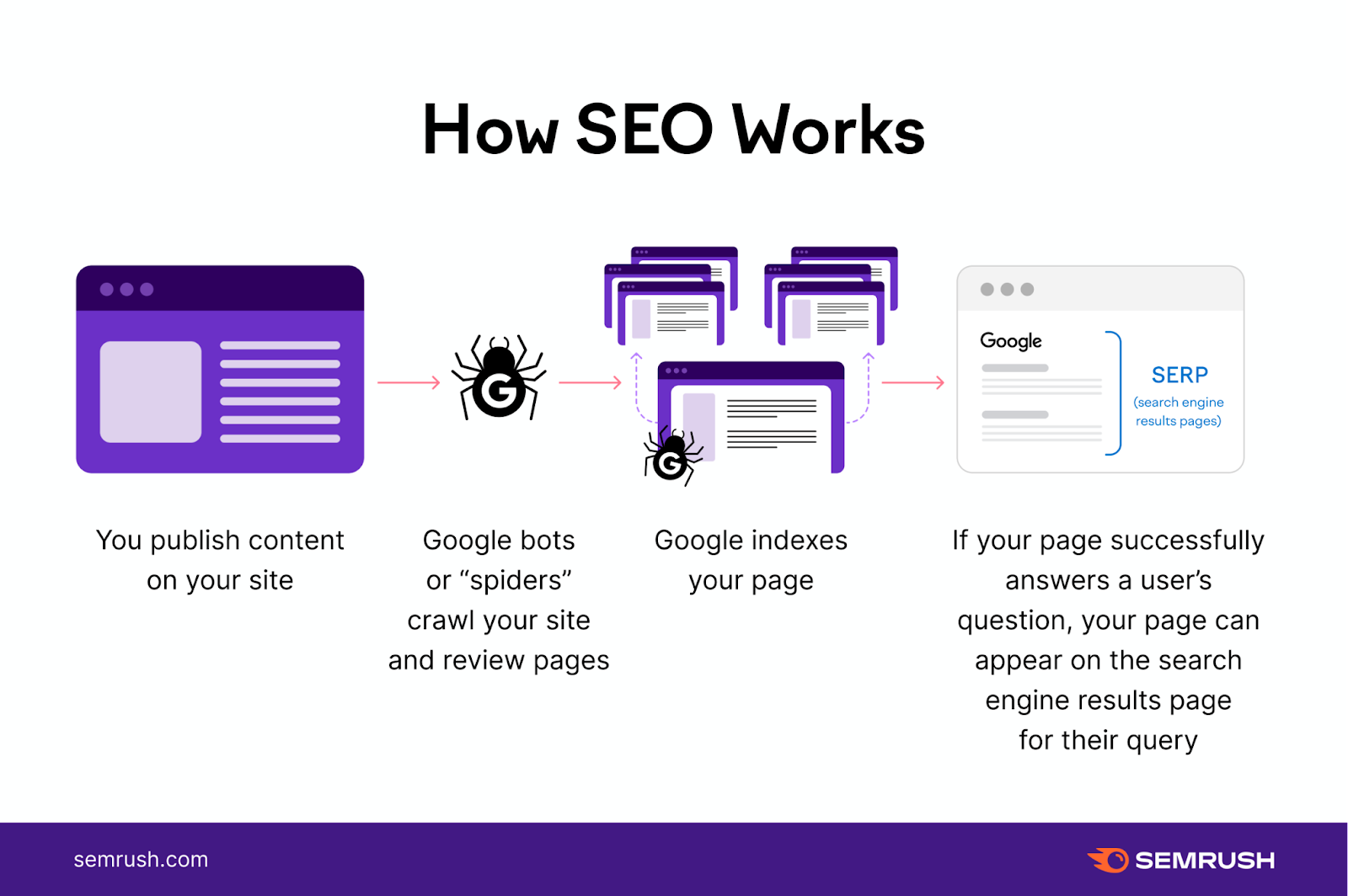Unlocking Secondary Dimensions in Google Analytics: Definition and Practical Use Cases Explored
Unlocking Secondary Dimensions in Google Analytics: Definition and Practical Use Cases Explored
Blog Article
Leveraging Additional Dimension in Google Analytics to Deepen Comprehending of Individual Behavior and Engagement
Utilizing Google Analytics' second dimensions provides a nuanced approach to recognizing individual actions and interaction past surface-level metrics. This deeper dive right into user actions not just fine-tunes marketing methods but additionally holds the crucial to optimizing web site efficiency and improving total user experience.
Recognizing Customer Behavior With Second Dimensions
By layering secondary measurements onto primary measurements such as website traffic sources or landing pages, marketers can uncover valuable understandings right into individual habits patterns. By examining bounce rates in conjunction with secondary measurements like gadget category or location, businesses can recognize certain sectors of individuals who might be experiencing concerns with site usability or web content significance.
Additionally, second measurements can aid marketing experts determine correlations in between different information points, resulting in the exploration of concealed patterns or trends in customer behavior (what is a secondary dimension in google analytics). By segmenting data making use of second dimensions such as demographics or behavior, organizations can tailor their advertising approaches to much better satisfy the demands and preferences of details individual teams. In general, leveraging additional dimensions in Google Analytics improves the deepness of analysis and makes it possible for much more enlightened decision-making based on a comprehensive understanding of individual actions
Examining Engagement Metrics Successfully
Building on the insights got from utilizing additional measurements in Google Analytics to comprehend customer behavior patterns, successfully assessing engagement metrics is vital for optimizing advertising methods and boosting user experience. Interaction metrics supply important details on just how users communicate with a web site or app, suggesting the degree of passion and involvement they have with the material. By diving right into metrics such as bounce price, ordinary session period, web pages per session, and conversion prices, marketing experts can assess the effectiveness of their digital initiatives and make data-driven decisions to drive engagement. Comprehending which functions or pages draw in and keep individuals, in addition to identifying prospective points of friction in the user journey, enables companies to tailor their techniques for enhanced engagement and conversion. Additionally, analyzing interaction metrics with time enables the tracking of patterns and the examination of the influence of changes or optimizations made to the digital properties. Fundamentally, a deep study interaction metrics equips marketing experts to fine-tune their method, enhance user satisfaction, and inevitably drive service growth.

Revealing Insights for Advertising And Marketing Methods
To properly improve marketing methods, uncovering beneficial insights from information analysis is paramount for notified decision-making and strategic planning. By diving into Google Analytics information through additional measurements, marketing experts can remove useful information that can significantly influence their marketing approaches. One crucial understanding that can be discovered is the effectiveness of different advertising and marketing channels in driving website traffic and conversions. By evaluating which networks are bringing in one of the most engaged customers or next page yielding the greatest conversion prices, marketing professionals can allocate their sources better to maximize ROI.
Additionally, discovering understandings on customer behavior patterns, such as the most popular landing web pages or the normal individual circulation with the internet site, can offer useful support for maximizing internet site web content and customer experience. Understanding just how users interact with the website can help marketing professionals customize their messaging and calls-to-action extra properly, inevitably bring about boosted involvement and conversion prices. Essentially, leveraging secondary dimensions in Google Analytics can provide a wealth of actionable understandings that can drive even more enlightened and effective advertising and marketing techniques.
Enhancing Site Performance Through Data
Enhancing internet site efficiency through data-driven optimization approaches is an essential element of keeping a competitive on-line existence and conference customer expectations. By leveraging information from devices like Google Analytics, web site owners can determine locations of improvement to improve user experience and drive much better outcomes.
In addition, data can disclose which web content resonates most with users, notifying web content strategy decisions to increase involvement. Recognizing user behavior patterns, such as navigation paths and communications, can lead the optimization of website layout and conversion funnels. Data-driven A/B testing can help identify the most efficient style and material variants to optimize conversions.
Enhancing Customer Communications and Outcomes
"/>
Through the evaluation of second measurements such as demographics, actions circulation, or website traffic resources, internet site proprietors can obtain a comprehensive understanding of their target market. what is a secondary dimension in google analytics. This understanding allows for the implementation of personalized techniques to satisfy various customer sectors, bring about boosted interaction and conversion rates

Verdict
Finally, leveraging secondary dimensions in Google Analytics provides a deeper understanding of user behavior and engagement. By examining information properly, revealing understandings, maximizing internet site performance, and boosting individual communications, organizations can make enlightened choices to enhance their advertising and marketing approaches and total outcomes. Using this tool enables redirected here an extensive view of user activities, leading to much more targeted and successful digital marketing projects.
Structure on the insights gained from utilizing second measurements in Google Analytics to comprehend user behavior patterns, properly examining interaction metrics is crucial for maximizing advertising methods and improving individual experience.Additionally, revealing insights on individual behavior patterns, such as the most popular landing web pages or the normal user flow through the website, can supply important guidance for enhancing site web content and individual experience. By concentrating on improving user communications, website proprietors can substantially improve interaction, conversion prices, and general customer contentment. These dimensions give deeper understandings into individual actions, preferences, and activities on the site, making it possible for a much more targeted strategy to enhancing individual experience.
By maximizing these touchpoints, site proprietors can streamline the individual experience, resulting in boosted results and greater degrees of user fulfillment.
Report this page